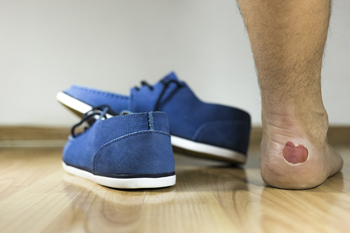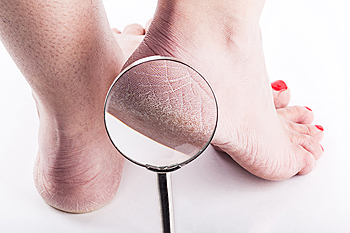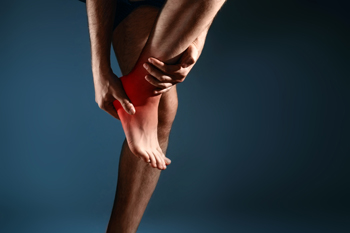
Sharp pain in the heels is often mistaken for plantar fasciitis, the most common complaint of heel pain. However, in some cases, the pain may be caused by a heel spur which is a buildup of calcium that forms a protrusion on the heel bone. A heel spur may take months to form and is often the result of too much pressure on muscles and ligaments. Runners and athletes who do a great deal of jumping may be at higher risk for heel spurs. Ironically, a heel spur may also be caused by plantar fasciitis, which makes it even more difficult to diagnose. An X-ray will show whether you have a heel spur. Treatment for a heel spur includes anti-inflammatory medication, cortisone injections, and custom orthotics. If your heel pain continues or worsens, it is suggested that you consult a podiatrist who can confirm the diagnosis and offer appropriate treatment solutions.
Heel spurs can be incredibly painful and sometimes may make you unable to participate in physical activities. To get medical care for your heel spurs, contact one of our podiatrists from Foot Health Center of Merrimack Valley. Our doctors will do everything possible to treat your condition.
Heels Spurs
Heel spurs are formed by calcium deposits on the back of the foot where the heel is. This can also be caused by small fragments of bone breaking off one section of the foot, attaching onto the back of the foot. Heel spurs can also be bone growth on the back of the foot and may grow in the direction of the arch of the foot.
Older individuals usually suffer from heel spurs and pain sometimes intensifies with age. One of the main condition's spurs are related to is plantar fasciitis.
Pain
The pain associated with spurs is often because of weight placed on the feet. When someone is walking, their entire weight is concentrated on the feet. Bone spurs then have the tendency to affect other bones and tissues around the foot. As the pain continues, the feet will become tender and sensitive over time.
Treatments
There are many ways to treat heel spurs. If one is suffering from heel spurs in conjunction with pain, there are several methods for healing. Medication, surgery, and herbal care are some options.
If you have any questions feel free to contact one of our offices located in North Andover, and Tewksbury, MA . We offer the latest in diagnostic and treatment technology to meet your needs.










